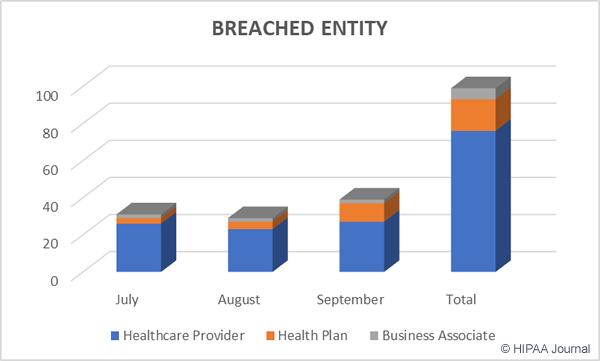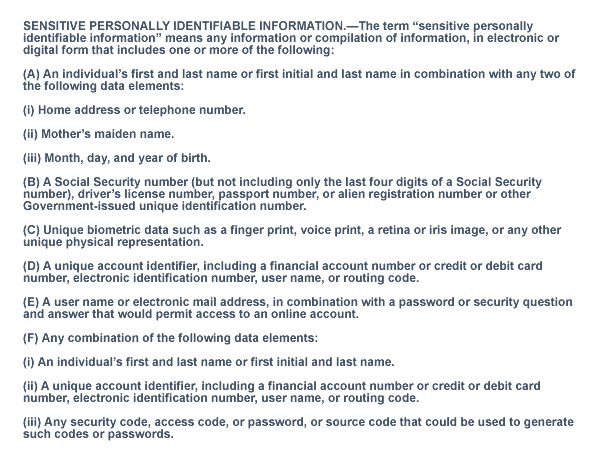Healthcare organizations are only permitted to use business associates that agree to comply with HIPAA Rules and sign a business associate agreement, but finding HIPAA compliant business associates can be a challenge.
Searching for HIPAA compliant business associates is time consuming, although identifying vendors willing to follow HIPAA Rules is only part of the process. Business associate agreements must then be assessed, often incurring legal fees, and healthcare organizations must obtain assurances from new business associate that appropriate safeguards have been implemented to ensure the confidentiality, integrity, and availability of any PHI they provide.
It is also challenging for vendors that wish to take advantage of the opportunities in the healthcare industry. They must be able to demonstrate they have implemented appropriate safeguards and need to provide reassurances that their products and services support HIPAA-compliance.
A solution has now been developed that resolves the issues for both parties and streamlines the process of finding HIPAA compliant business associates. Would-be business associates can also use the solution to prove that they have the necessary safeguards in place to ensure their products and services can be used without violating HIPAA Rules.
The HIPAA Alliance Marketplace is a closed ecosystem founded by the Compliancy Group, which serves as a repository for HIPAA-compliant vendors that can be used to connect medical professionals with trusted vendors.
HIPAA-covered entities can enroll and search the Marketplace for a broad range of service providers, including IT and Managed Service Providers (MSPs), medical billing and collections firms, software and application developers, cloud computing platforms, insurers, printing and mailing vendors, practice management firms, and EHR providers.
In order for a vendor to be included in the HIPAA Alliance Marketplace, they are first subjected to a strict vetting process, in which their services and solutions are assessed against HIPAA Rules. If the audit is passed, the vendor is issued with a HIPAA Seal of Compliance – a reassurance that the vendor has been thoroughly assessed and is a trusted supplier.
“The HIPAA Alliance Marketplace is the only tool of its kind for the health care market today,” said Marc Haskelson, President and CEO of Compliancy Group on the launch of their new HIPAA Alliance Marketplace. “In this climate of data breaches, ransomware, and cyber-security threats, health care providers can rely on the HIPAA Alliance Marketplace to find HIPAA compliant vendors with the security and privacy infrastructure in place to keep their data safe. Vendors can confidently execute Business Associate Agreements with their clients, and providers can be confident in their choice of vendors vetted and verified by the HIPAA Seal of Compliance.”
The post New Tool Helps Healthcare Organizations Find HIPAA Compliant Business Associates appeared first on HIPAA Journal.




